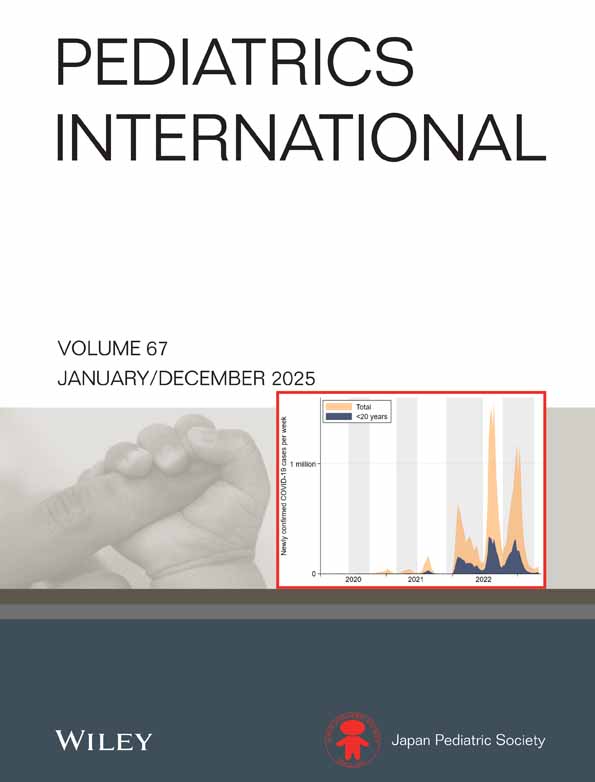Precocious Puberty Caused by an hCG-Producing Tumor of the Septum Pellucidum
Abstract
A 6 year 9 month old boy with rapidly progressing precocious puberty was im-munohistochemically and histologically diagnosed as having an hCG-producing mixed tumor consisting of choriocarcinoma and teratoma in the septum pellucidum. His serum hCG was elevated, but the serum LH was low as determined by LH immunoradiometric assay (IRMA). He did not exhibit a characteristic endocrinological pattern, e.g., high basal levels of LH and failure to respond with high LH levels to the LH-RH stimulation test using the conventional LH RIA method.
Abbreviations used—
-
- IRMA
-
- immunoradiometric assay,
-
- RIA
-
- radioimmunoassay,
-
- hCG
-
- human chorionic gonadotropin,
-
- LH-RH
-
- luteinizing hormone-releasing hormone,
-
- LH
-
- luteinizing hormone,
-
- GH
-
- growth hormone,
-
- TRH
-
- thyrotropin-releasing hormone,
-
- TSH
-
- thyrotropin,
-
- PRL
-
- prolactin.




